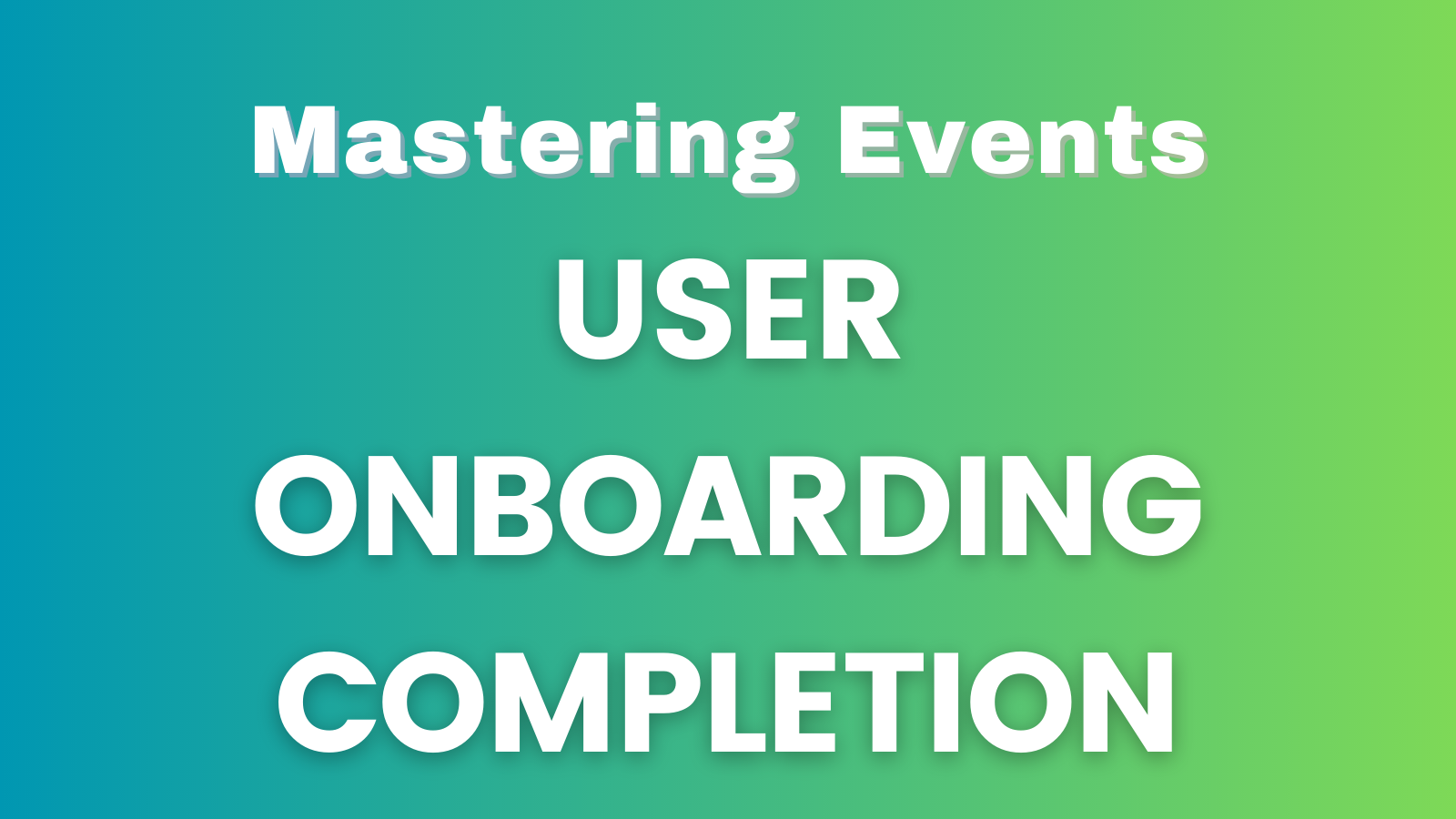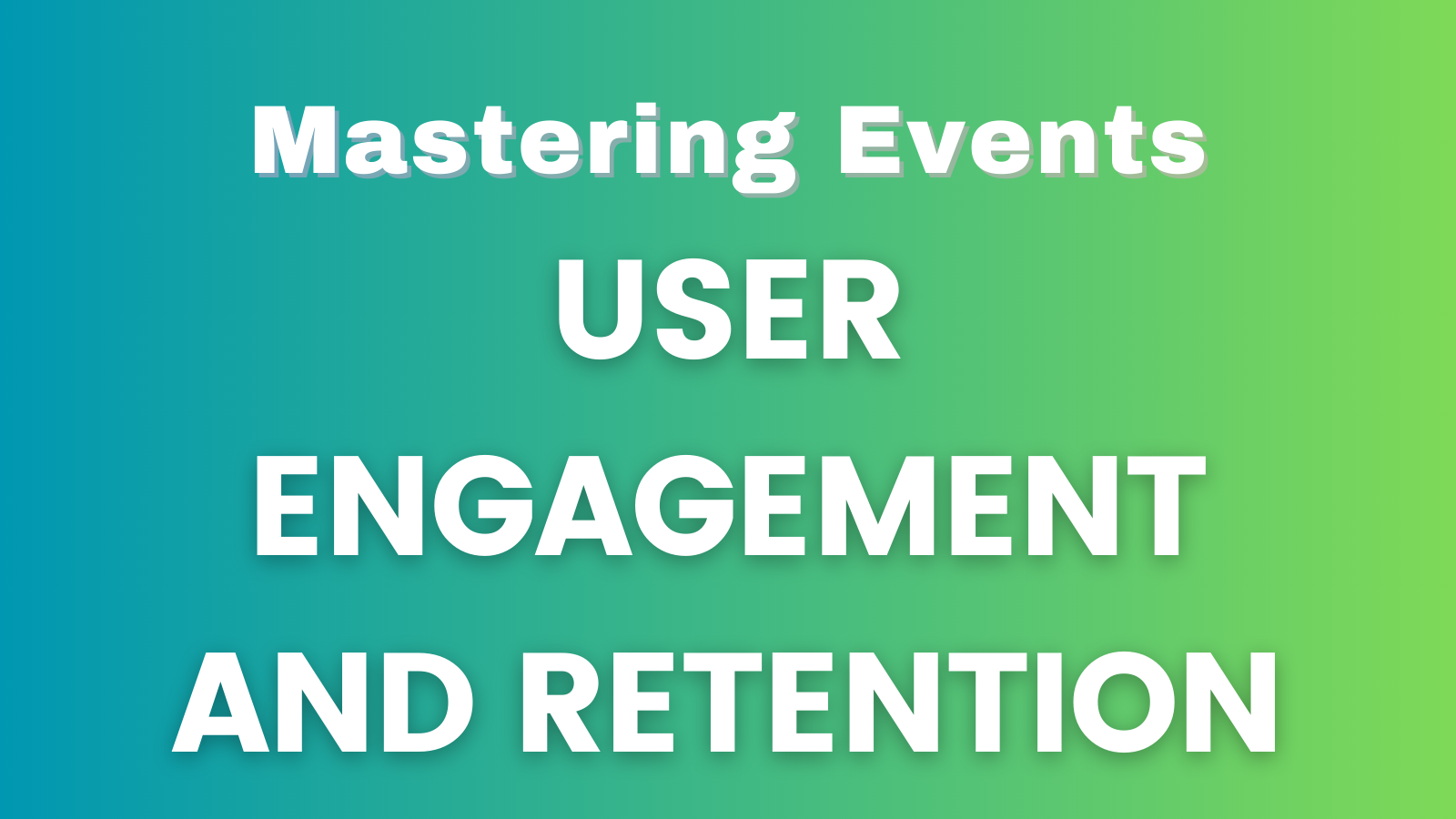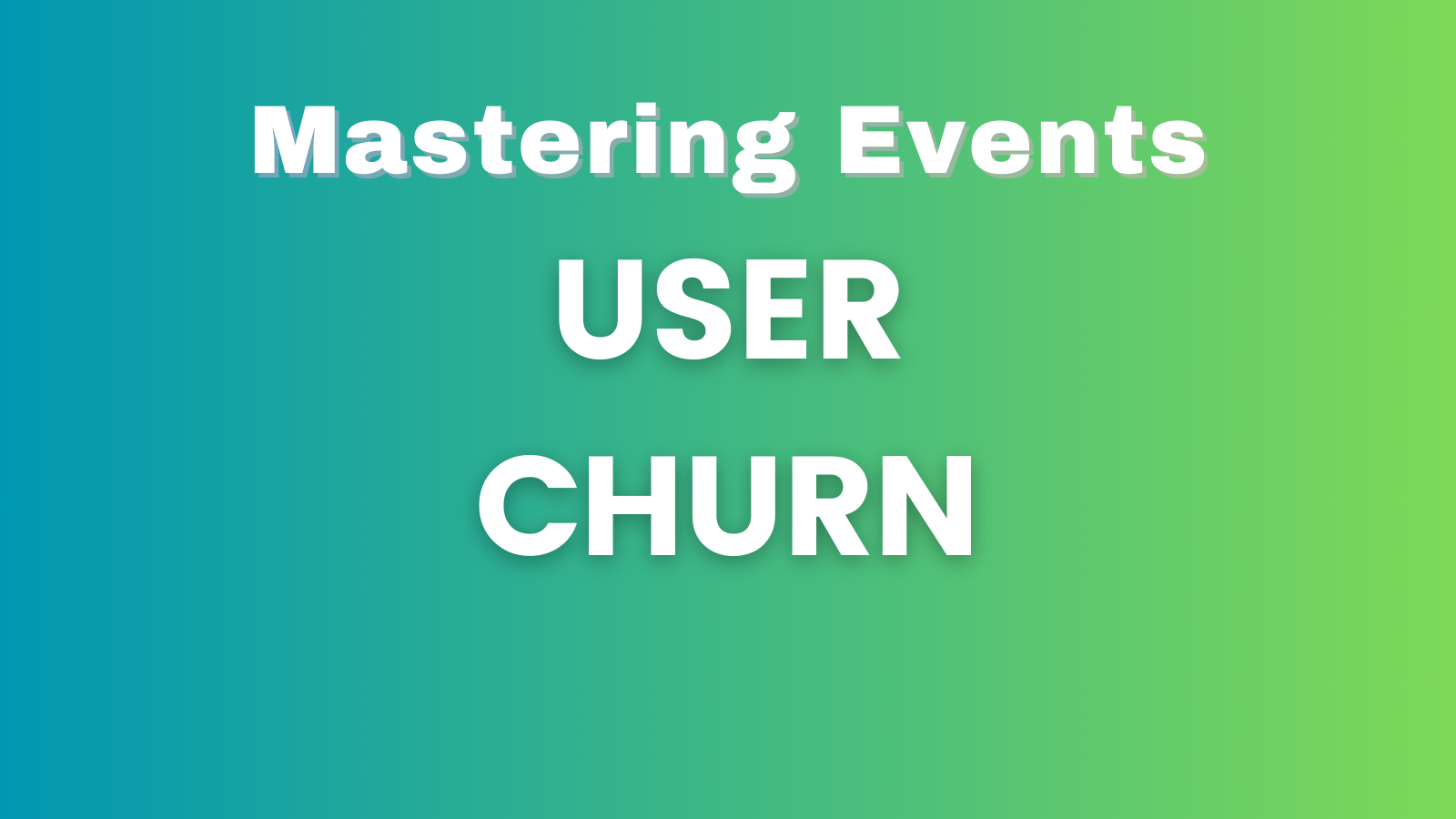User onboarding is the gateway to user engagement, retention, and product success. It’s the process of guiding new users through your product’s features and benefits, ensuring they understand how to use it effectively. Achieving high onboarding completion rates is essential for a thriving user base. In this article, we’ll explore key strategies and back them up with real-world examples to illustrate the power of effective user onboarding.
Understanding Your Users: Tailoring Onboarding to Individual Needs
Understanding your users is the foundation of successful onboarding. Conduct thorough user research to identify their pain points, goals, and preferences. By aligning your onboarding process with user expectations, you create a more personalized and engaging experience.
Example: Netflix’s onboarding process starts with asking users to select their favorite genres and shows. This data helps Netflix recommend content that aligns with individual preferences, enhancing user satisfaction and encouraging them to explore the platform further.
Guided Simplicity: Breaking Down Complexities for User Success
Simplicity is key during onboarding. Users should be able to navigate your product with ease, even if it’s feature-rich. Breaking down complex tasks into smaller, manageable steps helps users feel accomplished and motivated to continue.
Example: Asana, a project management tool, offers a step-by-step onboarding that introduces one feature at a time. This approach prevents overwhelming users and ensures that they grasp the core functionality before moving on to more advanced features.
Interactive Learning: Engaging Users Through Hands-On Experience
Interactive tutorials and walkthroughs can significantly enhance user understanding and engagement. Hands-on learning allows users to experience your product’s value firsthand, increasing their confidence and reducing the learning curve.
Example: Canva, a graphic design platform, offers interactive tutorials that guide users through creating various designs. By actively participating in the process, users become more adept at using the platform and are more likely to complete the onboarding process.
Clear Call to Action: Directing Users Towards Value
A clear call to action (CTA) is vital for guiding users through the onboarding process. Whether it’s setting up a profile, exploring key features, or taking a specific action, a well-designed CTA prompts users to take the next steps.
Example: Slack’s onboarding provides clear CTAs for creating channels, inviting team members, and customizing notifications. This directs users to start using the platform collaboratively, ensuring they understand its core functions.
Feedback and Support: Assisting Users in Real-Time
Offering timely support and feedback options during onboarding can prevent user frustration and abandonment. Whether through chatbots, FAQs, or live support, providing assistance ensures users don’t get stuck and can proceed smoothly.
Example: Shopify’s onboarding includes a live chat feature that connects new store owners with experts. This real-time support helps users overcome obstacles, fostering confidence in managing their online stores.
Measuring and Refining: Iterating for Optimal Results
Regularly analyzing data and user feedback is crucial for refining your onboarding process. By identifying bottlenecks or areas of confusion, you can iterate on your strategy and improve the overall user experience.
Example: Airbnb constantly tests and refines its onboarding process, experimenting with different messages and visuals to optimize user engagement. This iterative approach leads to continuous improvement.
In conclusion, mastering user onboarding completion requires a user-centric approach, simplification, interactivity, clear CTAs, support, and constant refinement. By incorporating these strategies and learning from successful examples, you can create an onboarding experience that boosts completion rates and sets the stage for lasting user satisfaction and loyalty. Remember, a well-crafted onboarding process is an investment in your product’s long-term success.
This article is part of the Mastering Events series.





